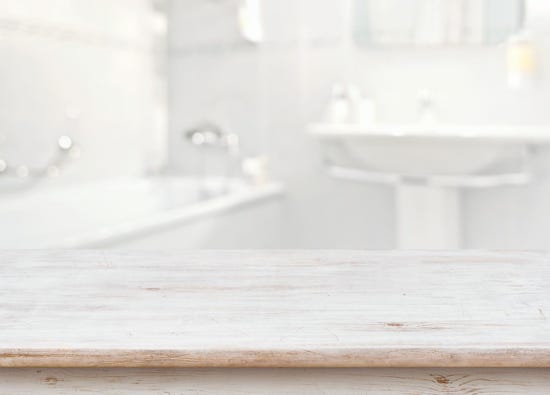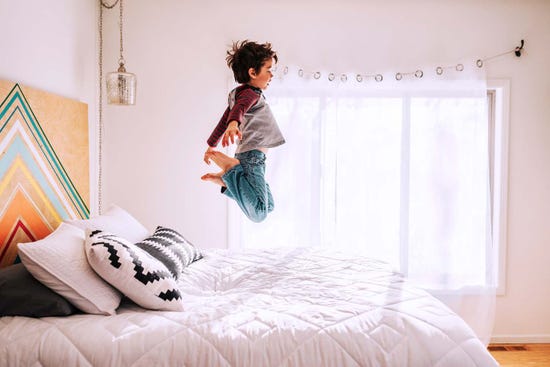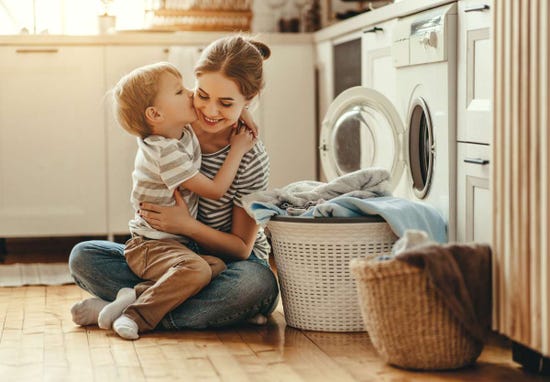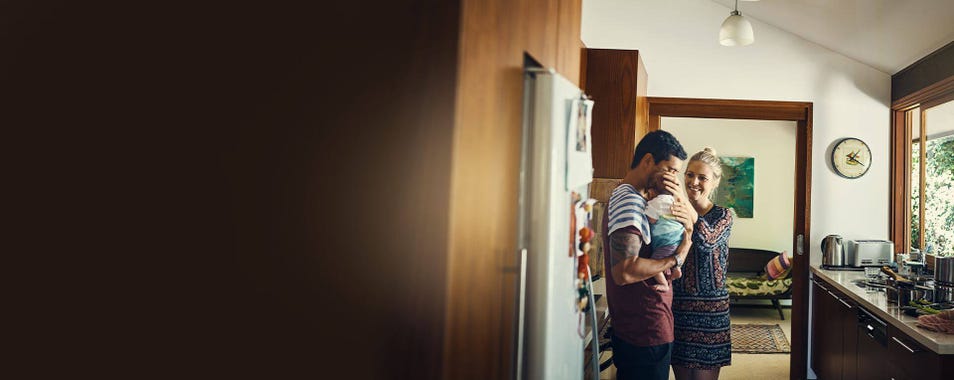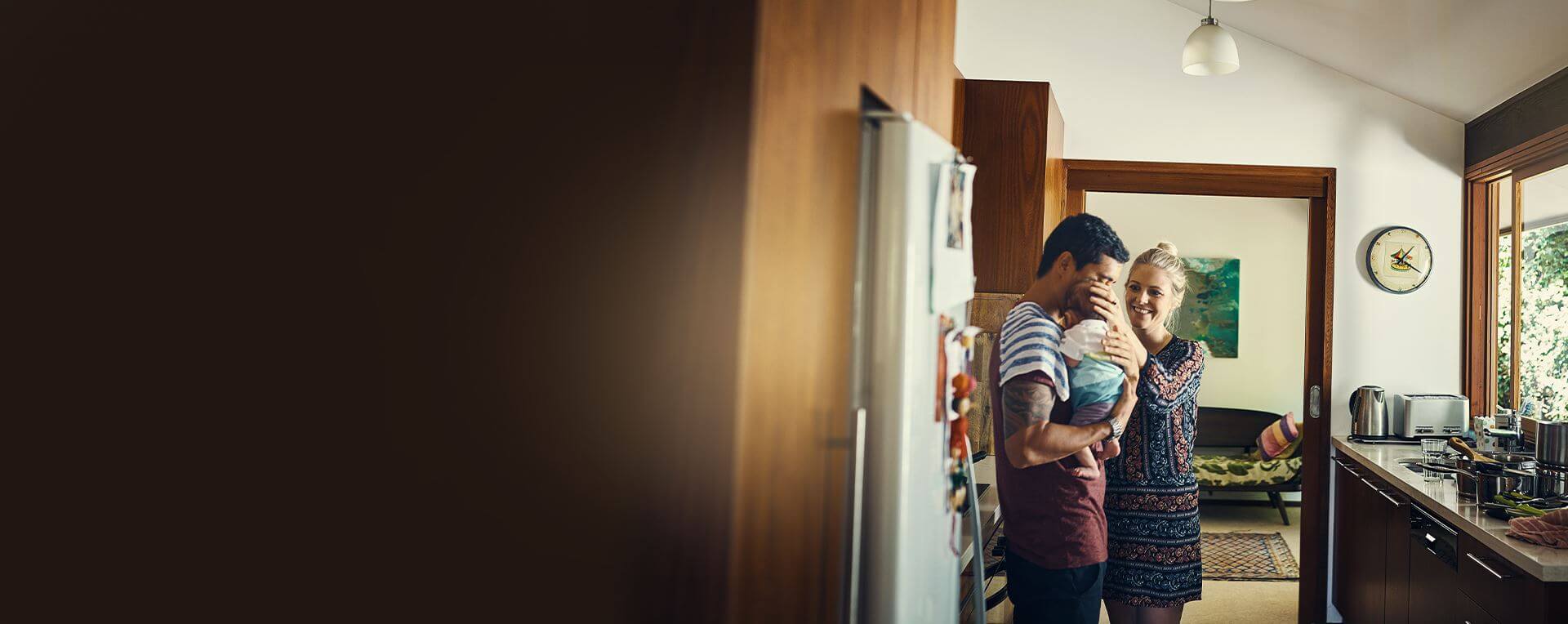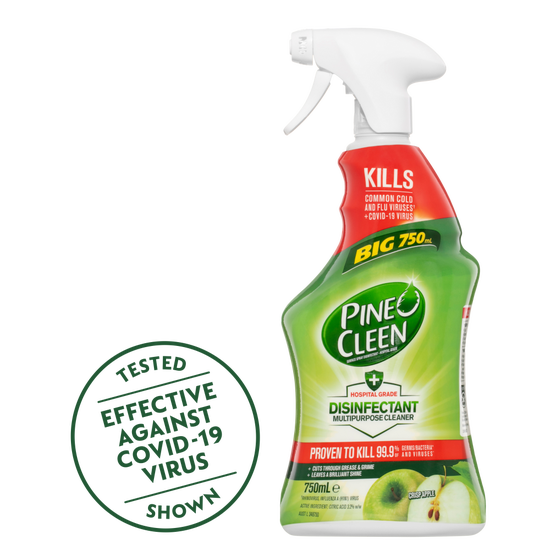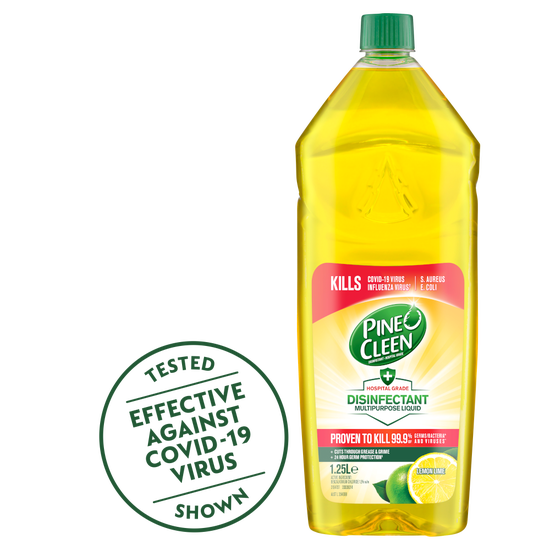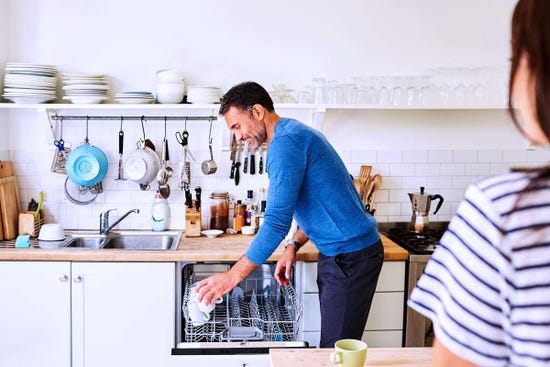
Getting your kids to practice good germ habits is a challenge – they can’t see germs so it’s easy to forget that they’re in so many places.
Germs can be spread on to your little ones at school, in public places, while playing outside, and even at home.
Fortunately, there are a few ways you can help even young children understand germs. If kids understand that germs can sometimes make them feel yucky and cause them to miss their favorite activities, they may be more likely to take precautions. Also point out that if they spread germs to others, the same could happen to their friends and family.
These tips will help you raise germ awareness, so your children will actively work at staying hygienic. Make sure you supervise your children at all times during these activities and have some fun together!
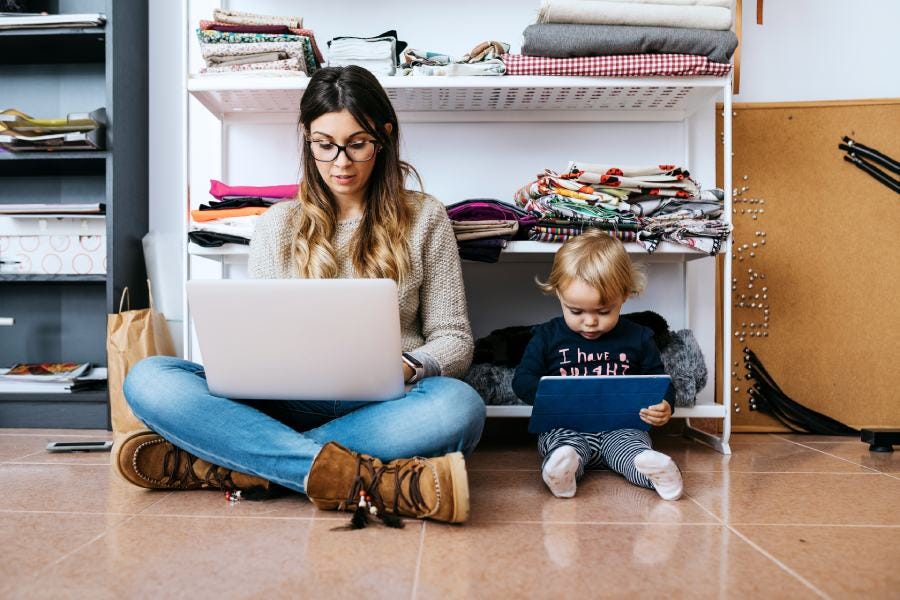
TIP 1: SPREAD “GERMS” ON PURPOSE
For kids, seeing is believing. You can show them exactly how germs spread with the glitter trick: just add some glitter to hand sanitiser, have one child use it, and then have everyone shake hands with everyone else.
This demonstrates how easily germs can spread from person to person with simple contact. You can even use different hand-shaking sequences—such as having the child who used the glitter sanitiser shake hands with someone, and that person shake with someone else, illustrating that you can catch germs even if you don’t have contact with the original germ carrier.
TIP 2: END THE BATHROOM “RINSE-AND-DASH”
TIP 3: LET THE CLEANING GAMES BEGIN
General cleaning and disinfecting for the places where kids play, eat, and learn is vital for minimising the spread of germs. But remember: while cleaning is important to help physically remove dirt and germs from objects or surfaces, disinfecting is how you can kill germs. You can help to ensure the killing of germs by using disinfectants and following the instructions on the label.
It’s not easy for parents to keep up with all the places that need disinfecting—but you can enlist your children’s enthusiastic help with disinfecting wipes. These quick, convenient tools remove germs in the classroom, playroom, kitchen, and other areas, and can actually make cleaning fun.
TIP 4: CATCH COUGHS AND SEIZE SNEEZES
As a parent, you’ve probably heard yourself say, “Cover your mouth!” hundreds of times after someone coughs or sneezes. How many times until it sticks? The answer is a mystery—but it’s important to keep dishing out the reminders.
To minimise the spread of germs, the CDC recommends covering coughs and sneezes with a tissue2. If a tissue isn’t available, teach kids to cover with their elbow rather than their hands. Used tissues should be placed in a rubbish bin right away, and should not be placed on other surfaces.
With younger children, you can make proper sneezing etiquette a game. Demonstrate a bunch of different coughs and sneezes—with tissue, without tissue, into your hands, into the air, into your sleeve—and have your child tell you which ways are right and wrong.
For older kids…well, just keep reminding them. They’ll remember eventually.
1 https://www.cdc.gov/clean-hands/about/
2 https://www.cdc.gov/hygiene/about/coughing-and-sneezing.html
Related Products
Get More Cleaning Tips by Room
Our expertise


